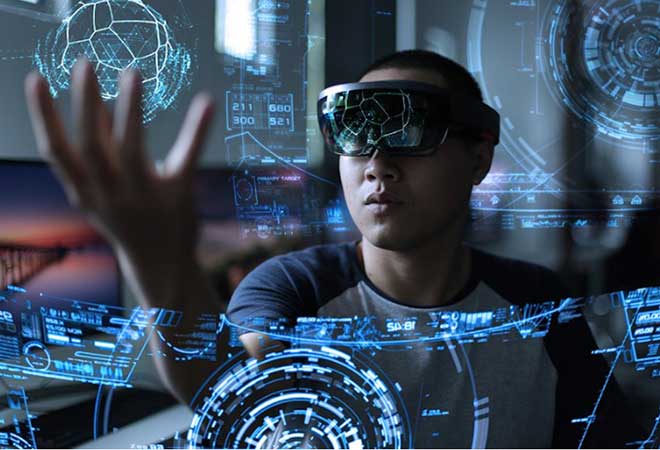Innovative developments and scientific solutions are constantly providing us with more and more opportunities to creatively shape a new dynamic form of business and transform existing ones. VR technologies are not just influencing the shaping of an industry or a research field. They can affect all spheres of modern society, from medicine to spaceflight.
Smartphone users have been using AR technology for a long time, for example, scanning texts, translating them into a translator, looking at virtual models of exhibitions in museums, applying masks and animations on social networks, etc.
Besides that, using AR, it is possible to:
* See if the new furniture will fit into the interior of their home.
* Get dressed in a branded store. See if the clothes will fit their style.
* Take a virtual tour of the hotel where a person will stay.
* According to 60% of respondents from 11 countries, it is much more convenient to get acquainted with the goods with the help of AR than to go to the store.
Medical specialists can look at the human body differently thanks to VR technology, transforming medical tests into an interactive 3D program.
These technologies help improve the quality of customer service and are also cost-effective. Researchers at Stanford University's Center for Medicine found that VR simulations reduced surgery preparation time by 40% and increased their efficiency by 10%.
VR technology can provide experts with real-time operational data in production or the oil fields, making their operations much more efficient and safe. Workwear equipped with VR devices connected to the industrial Internet network would radically change how to organize the workspace of specialists in the future.
Thanks to the active development of VR technologies in the gaming industry, it is not surprising that one of the promising areas of their application has become the field of education. By introducing virtual reality technologies, a production company can familiarize new employees with the conditions in which they will have to work.
What will VR and AR technology's impact be in the next 30 years.
- VR headsets (like AR) will look like sunglasses in 2025.
Currently, VR headphones are relatively large and bulky, but as technology advances, the devices shrink in size and become thinner. By 2025, headsets will look like sunglasses.
- 2030 - life on Mars. Although the world's famous billionaires are promising humanity spaceflight and even flights to Mars, the ticket prices will be astronomical, and only a tiny percentage of people will be able to afford them.
Fortunately for us, thanks to virtual reality, it will be possible to have an experience that gives us a glimpse of what life on Mars is like and what traveling in space is like. This technology will be precious to those on whom the space industry depends and who use it for educational purposes.
Virtual reality will introduce life on Mars, enabling the research and development needed for future missions.
- In 2050, the development of fitting rooms in VR.
Online shopping has grown tremendously over the past decade, not surprisingly, as people are allowed to store in stores from the comfort of their own homes. Currently, one of the disadvantages of online retailing is buying things that don't fit or don't look right, but with the help of virtual reality, this will be remedied.
By 2050, consumers will be able to try things on in a virtual reality fitting room to see how a piece of clothing looks on them.

